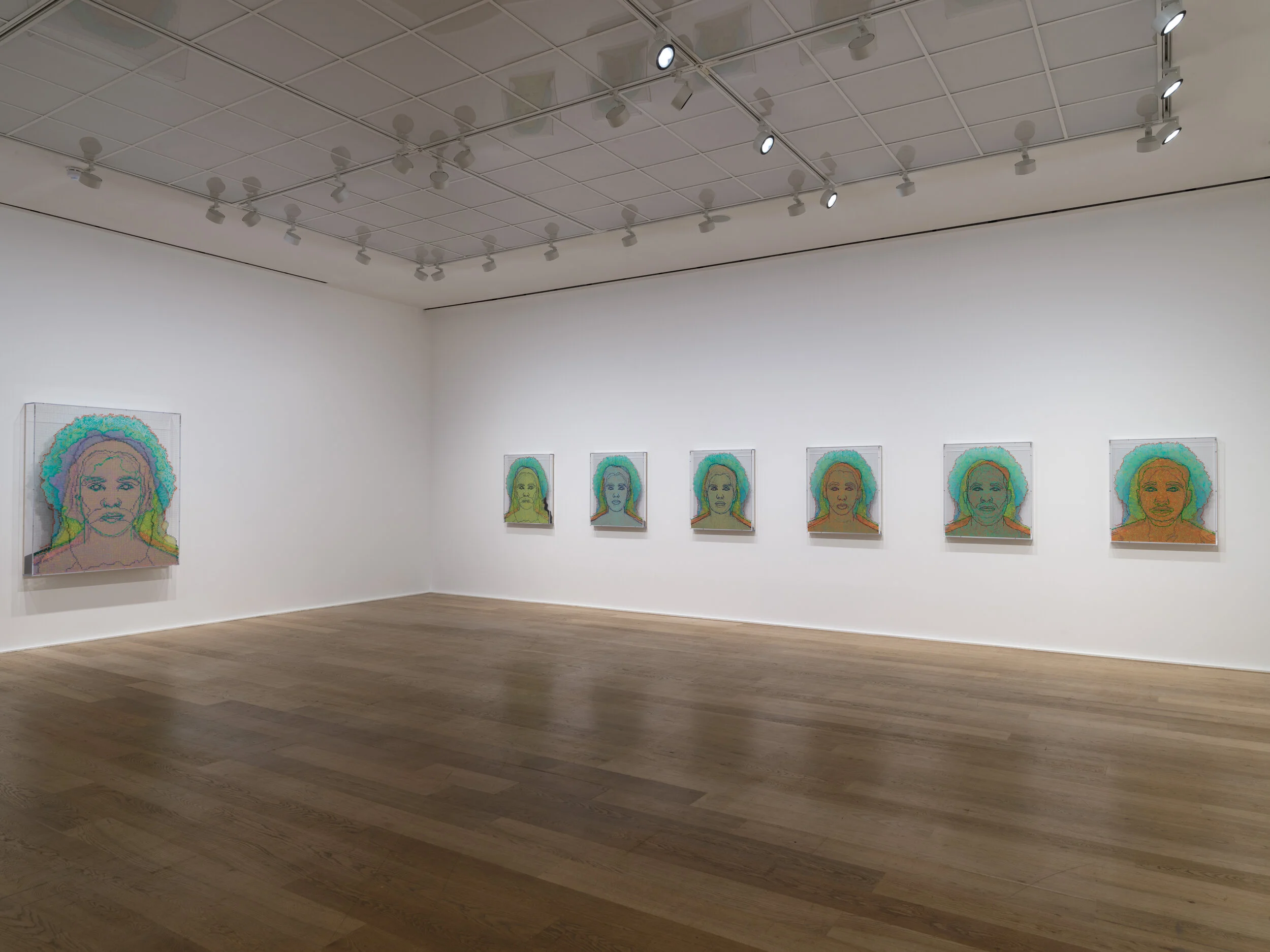Charles Gaines: Multiples of Nature, Trees and Faces
This exhibition was captured in real time using 3D scanning to produce an Interactive 3D Virtual Tour, allowing audiences to explore the space online.
Learn more about our 3D Virtual ToursHauser & Wirth London
23 Savile Row, Mayfair, London, W1S 2ET
Launching online from 29 January 2021, Charles Gaines will present his first ever solo exhibition in the UK featuring new works across both galleries at Hauser & Wirth London. Comprising two new bodies of Gaines’ critically acclaimed Plexiglas gridworks, the exhibition includes his institutionally heralded ‘Numbers and Trees’ and ‘Numbers and Faces’ series. With this exhibition, Gaines continues to engage formulas and systems that interrogate relationships between the objective and the subjectiv...
Image Gallery
More from Hauser & Wirth London
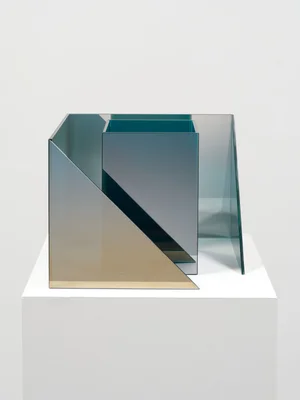
Larry Bell. New Work
Hauser & Wirth London
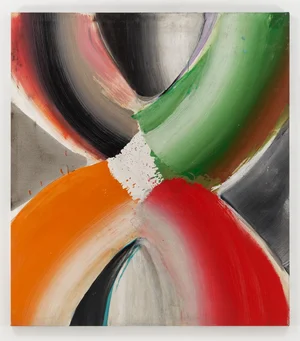
Ed Clark. Without a Doubt
Hauser & Wirth London
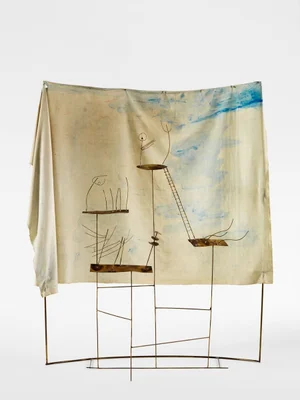
Fausto Melotti. Theatre
Hauser & Wirth London

George Condo. Ideals of the Unfound Truth
Hauser & Wirth London
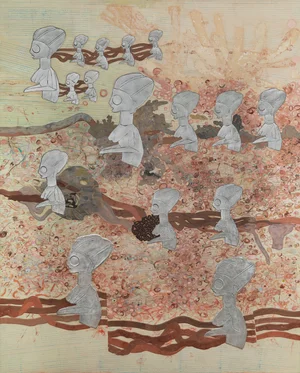
Ellen Gallagher Ecstatic Draught of Fishes
Hauser & Wirth London
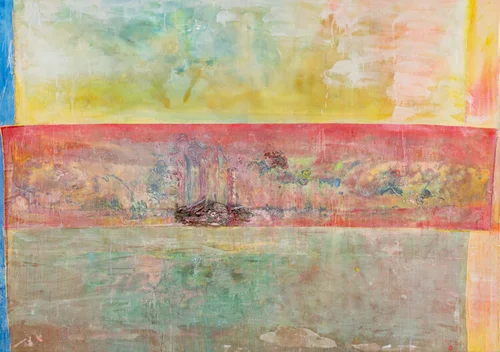
Frank Bowling London / New York
Hauser & Wirth London
